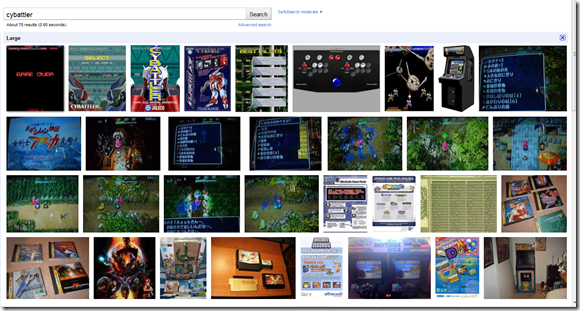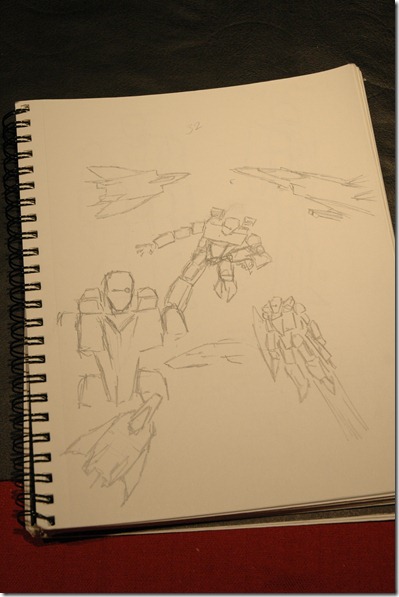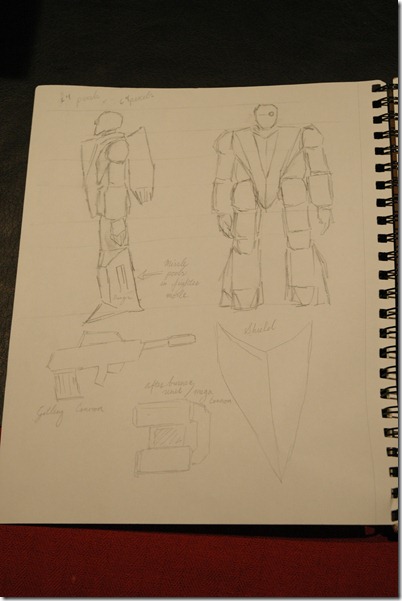Does anything ever work the first time?
I have always loved video games. I can’t think of a time where there wasn’t a video game in my life when I was growing up. I remember looking through catalogs (remember those?) to Witmark (!!!) wishing I could buy the Turbographix 16 or the original Nintendo Entertainment System (NES). Point of fact though, I think a lot of guys my age had similar experiences, but most of them never do it. I don’t know why that is; it’s probably just like most things we dream of as children – wonderful fantasies we cherish that we don’t have the time, or opportunity, or the ambition to ever accomplish. So naturally, when I was presented a chance to make a game with some friends from work, we never did anything beyond basic talk.
OK, this time is for realz guys
Fast forward just about 1 year, and the some of the same guys, some new guys, and you know what? We started talking about making a game, and this time we actually started working on something! What follows is a little snapshot and history of our game. Right now it looks pretty crappy, and it IS pretty crappy. But it works, and it uses assets that are not cribbed (well, entirely cribbed) from other sources. It even has box art and an official story!
Now, before I go any further, sometime after we started making the game Gabe and I talked about documenting our experiences making (still making as of the writing of this post!) our 2nd game together. That’s right, I said Gabe and I! Gabe will be a guest blogger who will be contributing his own thoughts and insights into what we’ve been working on. Some of the material will be the same, but he’s going to focus on the things he likes aka coding, and I’ll focus on a few pieces that I know well. I hope you guys enjoy what we have to say. But that’s getting ahead of things. Let’s go back to the 2nd beginning…
So in the beginning there was Gabe. And Gabe had this idea that we could do an unofficial “game jam”. A game jam is a weekend dedicated to conceiving, designing, programming, creating, testing and releasing a game. It’s meant to encapsulate the entire experience of game creating into a single weekend. By this time, I’d felt like I learned some lessons from the first time we tried to make a game, and when he asked me, I jumped at the chance.
Now around this time, it became pretty apparent to us that we needed more skills than just what Gabe and I could bring to bear. Sure, we had the help of 2 of the previous participants (Brett and Michael), but that was pretty much the same group of guys who failed the first time. Fortunately for us, I’d managed to make a few new friends who would prove very helpful to us. My friend Bryan was/is a game designer, and his brother Bruce (or Brewski as I like to call him  ) studied sound design at school. I felt with Bryan’s previous experience, he could help us design a better game and Bruce filled in a much need gap in our skill set. We still lacked an artist, but having realized this from the last time we tried to make a game, I decided to bit the bullet and make the art for the game.
) studied sound design at school. I felt with Bryan’s previous experience, he could help us design a better game and Bruce filled in a much need gap in our skill set. We still lacked an artist, but having realized this from the last time we tried to make a game, I decided to bit the bullet and make the art for the game.
The Usual Suspects
Friday after work, we all gathered at Gabe’s house and started to powow. The original gang consisted of Gabe, Jaison, Bryan, Bruce, and myself. Brett and Michael had agreed to work as guns for hire and bang out the code we needed once the game design had been settled down. The game I 🙂 had in my mind looked a lot like an old arcade shooter called Cybattler
 :
:
I wasn’t able to articulate this at first since I had forgotten the name of the game, but eventually everyone got the idea. At this point, each person had some input, but Bryan really took a large role here. From the initial game concept (i.e. clone cybattler) he envisioned a much more free-form concept that involved the same pieces: transforming robot, space, waves of enemies but instead revolved around exploring the map searching for those enemies. We all agreed to this concept and started working! The whole process definitely took a bit of time, and Bryan was to spend A LOT more time fleshing out many of the specifics that we never even got to.
At this point, the 4 of us split apart and starting playing around with each of our assigned roles. Gabe is a much stronger coder than I, with more experience, so I started working on the concept art and actual art of the game. I don’t have a Wacom tablet or anything, so when we started doing the initial conceptual art of the robot, we did it with paper and pencil first. As a child of the 80’s, all things anime had a big influence on me, but Robotech and Battle Tech in particular had a really strong grip on my imagination as a child. Below are the sketches I did to get an initial idea of what kind of aesthetic we wanted the robot to have:


The robot had to be able to transform from plane to robot and back again, so you can see the elements of the plane in the robot design. The feet were meant to contain the primary thrusters. The shield in the second picture formed the wings of the plane and the backpack looking thing was the plasma thruster unit which was meant to be the afterburner in plane mode, and a kind of beam weapon in robot form. The pictured gun was originally a kind of machine gun in my own head, and was also the primary attack cannon of the plane mode. The primary thrusters of the jet mount onto the back of the robot and provide the movement and flight capability in space. There are no hardpoints for missiles – in typical anime style they are internally stored.  In our robot’s case, they are stored within the legs so that means the robot is actually more heavily armed in robot mode than in plane mode! The tradeoff is that the plane is much faster.
In our robot’s case, they are stored within the legs so that means the robot is actually more heavily armed in robot mode than in plane mode! The tradeoff is that the plane is much faster.
My next post will talk about the tools we used to create the art assets and hopefully the source control software. But the next post you should see will be from Gabe!



